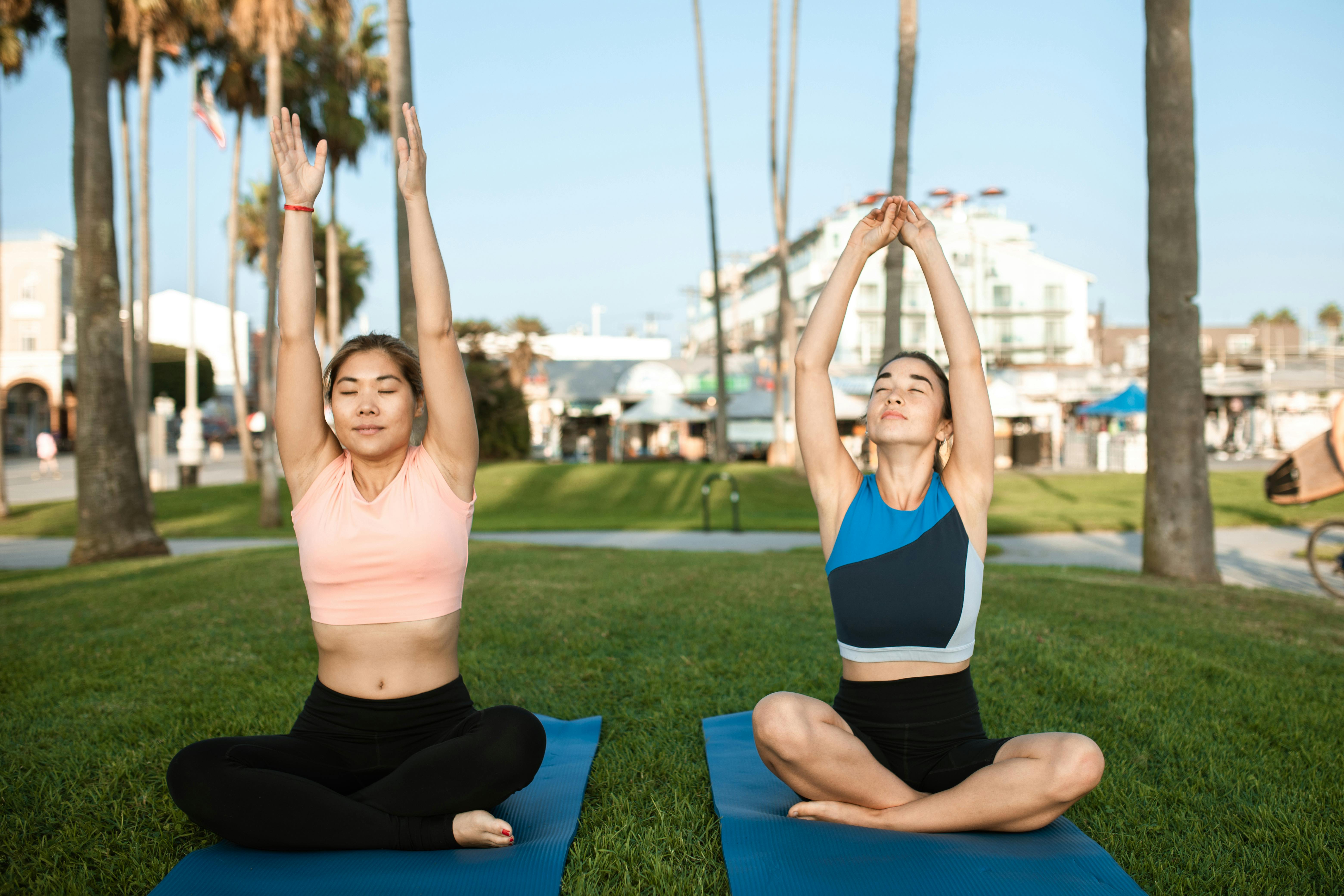Knee surgery for a torn meniscus or a complete knee replacement sometimes becomes imperative; their rehabilitation takes about seven to eight weeks; at that time any inflammation, redness or pain will have resolved; As soon as you can put your weight on the affected leg without pain, you are ready for Bikram yoga (hot). It is best to go slowly at first, right after surgery, if there is any sign of redness, swelling or pain, remember to ice it. Also avoid overstretching or bending your leg. In Bikram yoga, an hour and a half of performing very challenging poses, in a room maintained at 105 degrees Fahrenheit and a humidity level of forty percent, produces profuse perspiration to relieve the body of all toxic waste. It also increases the strength and elasticity of the knees after surgery; and prevents future injuries
Bikram Yoga rewards after surgery
- Strengthens the inner and outer quadriceps
- Strong inner, outer, upper, and lower muscles support the weak knee
- Increased blood flow and nutrients to the affected knee.
Knee protection during yoga
After knee surgery, you may want to get back to your lifestyle quickly, it is important to do so with extreme caution. Taking the wrong postures or pushing beyond limits can further endanger your knees. To practice Bikram yoga while you recover, keep the following in mind.
- Keep your feet well positioned and aligned. Push down through all four corners of your feet for most asanas. If your feet are not in the correct position, your knees will be negatively affected.
- The knees should be in line with the ankles, without moving on them. This is especially important for lunges and push-ups. The knee should be directed towards the middle finger. When bending forward with your legs extended, remember to pull up on the arches of your feet.
- Some poses in Bikram yoga require locking the knees, refrain from that after surgery; you can pull the kneecaps to strike a pose. If you need to hyperextend your knees for a certain posture, do so by keeping your knees slightly bent in most standing and forward positions.
- If your hips are not fully open or extended, your knees will have to take additional pressure during most standing poses. You should open your hips at the beginning of a class to avoid putting this strain on your knees.
Bikram Yoga practitioners who have undergone knee surgery must take special care to perform certain postures. Hero pose, if not done correctly, can pull on the knee ligaments, while done correctly it is beneficial in healing the knees. In the triangle pose there is a risk of blocking or overextending the knees. In Seated Forward Fold, bend your knees slightly to avoid further damage to the knee. To practice the child’s pose, place a blanket between the buttocks and calves to reduce stress on the affected knee. Since this branch of yoga places a great emphasis on patience, you must remember to be patient and allow enough time for your body to fully recover before putting it on a demanding regimen.
